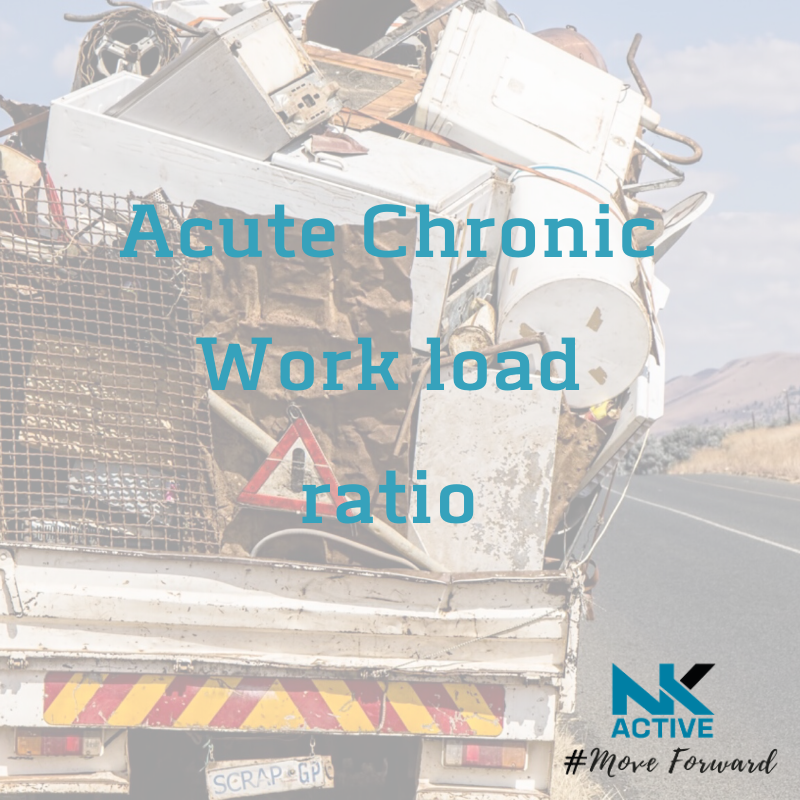
How much is too much? Have i done too much too soon?
Natalie Green, Exercise rehabilitation instructor
Have I done too much too soon?
Here at NK Active, we see a lot of patients who develop their training volume too quickly which can be linked to injury, creating big setbacks from themselves. It is understood that by maximizing performance higher workloads are required and with that comes higher injury rates. “have I done too much too soon?” is a common question we get asked on a regular basis. We also see people who are not sure how to increase their activity levels gradually. This leads us to believe in our opinion that most injuries occur due to human error, this doesn’t mean all injuries could have been prevented but, possibly reduce the risk of the injuries occurring.
Introducing the Acute Chronic Workload Ratio
The acute chronic workload ratio (ACWR) is a recognised tool used to calculate a person’s training volume and intensity. Evidence from research suggests that poor training- load prescription and management is a major risk factor for injury therefore being able to flag up issues is a great tool to possibly reduce the risk of getting an injury.
Introducing the ACWR
However, being able to control the volume and intensity by a simple equation can become a very useful tool to implement in an athlete’s life. The 10% rule has been another proposed solution for preventing injury during training blocks. This rule guides an athlete to increase their week to week workload volume by 10% however, unfortunately, this has it’s issues when your volume is low or high.
Dr Gabbett’s acute chronic workload ratio aims to characterize athlete’s preparedness going into a bigger training block with the outcome of keeping people at bay with an injury. The formula is very user-friendly and does all the calculating for you.
The ACWR is essentially a progressive overload tool.
Working out the ACWR
It is quite simple working out the ACWR, you use 4 weeks’ worth of activity, with the largest weeks activity been the 4th week. You work at the average activity for the weeks, then divide it by the 4th‘s week activity and that will give you the ACWR. Using mileage is the easiest way to work it out, however, you can use time or even intensity as well
For example Week 1 40miles, week 2 50miles, week 3 60miles, week 4 70 miles. Average mileage 55 miles. So 70/55 = 1.3
Anything above 1.0 is building load, however
>1.2 = increased risk of injury
1.5 = significantly increased the risk of injury.
Don’t worry help is here
On our website we have the ACWR laid out for you to fill in your weekly mileage and see how at-risk you are of developing an injury or re-injuring yourself. Don’t forget that week 4 should be your highest week’s mileage and work backwards.
We have also put the tool to work out your ACWR based on intensity levels as well.
https://nkactive.co.uk/acute-chronic-workload-ratio/
Good luck,
Any questions let us know.
